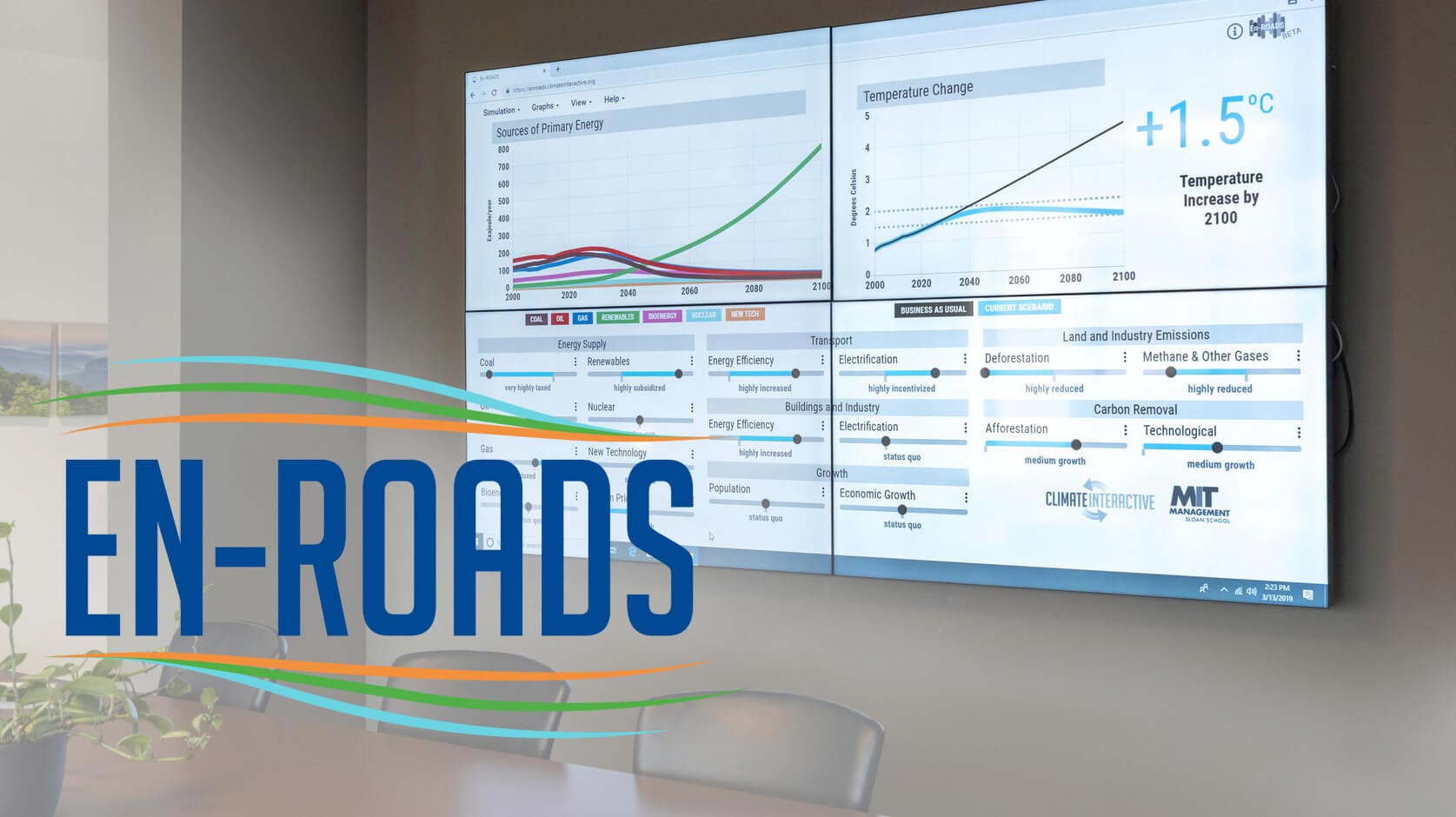Scientific Literacy & Climate Change
By KCI Ambassador Chris Grady
Whenever I hear people talking about climate change, I tend to hear one of two things happening: we are all doomed, or climate change is fake. Either way, they have been misinformed to one degree or another. The issue with this misinformation is how it disrupts the coherence between science and societal values, and can even pit us against each other. It has stems that grow from many roots, such as the limitations of how we get our news, or our education system. But what lies beneath each of those roots, is the struggle of scientific literacy and communication.

For most of us, we run into these problems at the doctor’s office, making it difficult for us to make educated decisions about our health. This is a concept called “health literacy.” The CDC defines health literacy as “the degree to which an individual has the capacity to obtain, communicate, process, and understand basic health information and services to make appropriate health decisions” (CDC, 2020). Unless you’re a doctor or scientist yourself, reading important healthcare documents can feel like reading another language. The amount of health illiteracy we see in the U.S. is clearly indicative of the greater scientific illiteracy that is ubiquitous throughout the country. This is why most communities accept the false dichotomy within the legitimacy and severity of climate change. They either know enough to understand the size and significance of the issue, leading them to feel hopeless or they choose to deny its legitimacy because of the ineffectiveness of its communication.
Many people are working towards resolving this issue in order to create more coherence between the leading research and citizens. One tool shown to be effective is the EN-ROADS Climate-Interactive Simulator. The climate simulator was created in part by one member of Kennebunkport Climate Initiative’s advisory council, John D. Sterman Ph.D of MIT with his think tank Climate Interactive. When you arrive on Climate Interactives home page of their website, you’ll see this: “the biggest challenges facing us are made up of complex, interconnected parts,” and underneath: “people need better ways to understand the full picture.” These quotes hit on a crucial point. When scientific communication is poor, people rely on their own scientific literacy in conjunction with their lived experiences for understanding which are intrinsically blind to the “full picture;” hence the need for a tool that can effectively provide those missing pieces to any given person. The EN-ROADS simulator does just that, and really challenges people to go beyond their own paradigms by way of something called “systems thinking.”
Sterman believes that one reason for this dissensus is a widespread lack of “systems thinking.” There are many reasons for this disconnect, but we all can agree that most people generally want clear cut, concise, isolated solutions and answers to whatever questions or problems they might have. However, it usually turns out that the right answer requires many steps and many solutions. I personally like “systems thinking” because it inherently implies that solutions are a change in practice, not one isolated intervention. This is partially why I believe most people fail to adopt “systems thinking” in their everyday lives. It requires an indefinite change in their lifestyle and most people are unwilling to do so until they are in dire circumstances.
The people who work at Climate Interactive have used the simulator to brief many people, from U.S. Senators and Representatives, to universities, businesses, and community members. I think the simulator should be shared with every educational institution because it is the best tool for educators to use to teach climate change to the broadest range of audiences. And its reach goes far beyond climate change. The demonstration of “systems thinking” alone can have a butterfly effect on some people leading them to apply it to their jobs and everyday lives. That is the true potential of the simulator.
